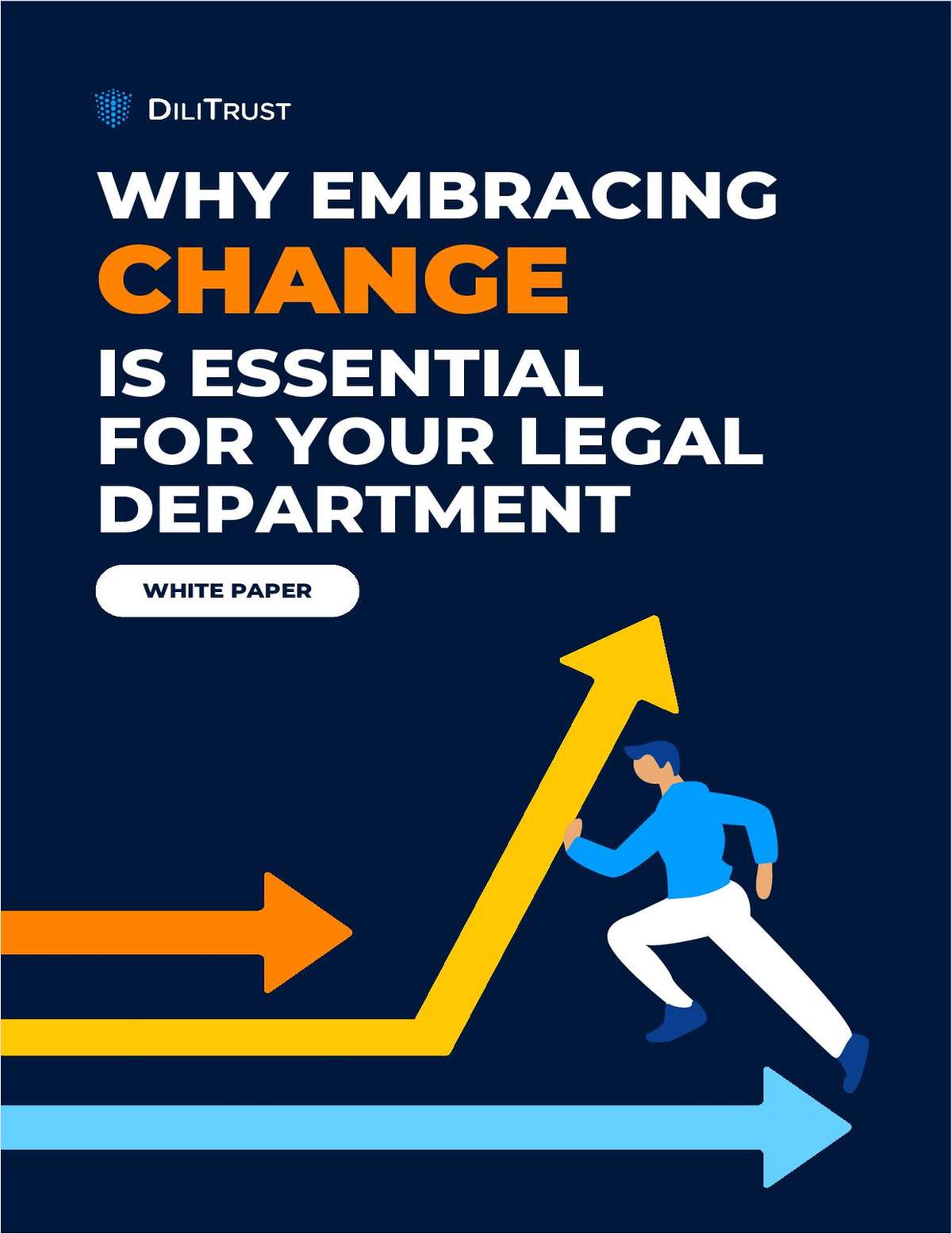 (Photo: Shutterstock.com)
(Photo: Shutterstock.com)Law Firms in Australia Prepare for Upsurge in Infrastructure Work
"It's probably the hottest construction law market that I’ve seen in 20 years,” said HFW partner Alex McKellar.
August 20, 2019 at 06:48 PM
6 minute read
Law firms in Australia are anticipating a huge increase in infrastructure work as major transport projects in Sydney, Brisbane and Melbourne get underway and disputes ensue.
Governments on Australia’s east coast are investing in road and rail to accommodate growing city populations. Deloitte Access Economics, which specializes in advisory work and forecasting economic activity, expects major project activity to reach a peak of around A$22 billion (US$15 billion) in 2022, according to a report released earlier this month.
The total recorded value of definite projects—those under construction or committed—sits at A$288 billion (US$195 billion), while another A$426 billion (US$289 billion) worth is under consideration or possible, according to the firm’s Investment Monitor report. The list includes government transport work as well as mining and energy development and other major construction projects, such as hospitals.
“It’s probably the hottest construction law market that I’ve seen in 20 years,” said Alex McKellar, a Melbourne-based partner with the construction team at global firm HFW. “It has been very noticeable in the activity level and boldness of recruiters—the salaries that are being paid and the intense competition for anyone with a little bit of experience.”
Many of the transport projects are structured as public-private partnerships, where private sector companies build and operate the infrastructure on behalf of the government, which retains ownership.
They typically involve several consortia of construction and engineering firms that tender for the work. Each consortium, each member of each consortium and the financers all require their own legal representation, prompting huge demand for lawyers specialising in construction, finance, operations and contracts, and increasingly, technology.
Major projects include the A$12 billion (US$8.1 billion) second stage of the Sydney Metro rail line linking the city’s north to the southwest via the centre, and the A$16.8 billion (US$11.4 billion) WestConnex roading development in the city’s west. In the state of Victoria, A$29 billion (US$19.7 billion) worth of transport projects are under construction—including the Melbourne Metro rail line—and a further A$54 billion (US$36.6 billion) is waiting to get underway, Access Economics said in its report.
In the Galilee Basin in Western Queensland, seven coal projects that are underway or in the planning stages are collectively worth around A$34 billion (US$23 billion).
Getting the projects underway is only the beginning of the work. In fact, for some firms, the more lucrative and voluminous work comes two or three years after projects have started and disputes arise.
“There is a significant amount of disputes in the infrastructure space and our construction team has experienced very significant growth a result of that,” said Michael Tooma, managing partner at Clyde & Co Australia. “Where you have a period of sustained significant infrastructure growth, sometimes at a particular juncture you will see disputes that arise proportionately as a result of that.”
HFW’s McKellar expects disputes to provide work for many years to come.
“I think this current round of infrastructure work will probably just about see out my career,” joked McKellar, 43, before adding: “I don’t think it’s an enormous exaggeration either. Typically, there’s a tail period of about 10 years after these major projects finish where there are still things being wrapped up.”
The infrastructure boom has been described as a “profitless boom” for builders and contractors because margins are so tight, and this is further fueling disputes as contractors try to meet project budgets.
The transport projects also are more complex than in the past.
“The projects governments are seeking to roll out are getting increasingly large and increasingly complicated and that is massively increasing the demand for lawyers in these major projects,” said Angus Foley, head of transport and infrastructure for the Asia Pacific at global firm Ashurst.
Disputes often arise from claims management and disagreements over what or how much of an item a contract allows a builder to claim, and usually finish in negotiation or arbitration rather than litigation.
“On the mega projects, clients don’t want to litigate the disputes because the outcomes are too big for them,” Foley said.
Even so, “the dispute and claim cycle for clients will be conducted in a robust way,” he said. “There’ll be a lot of work for law firms.”
Ashurst has construction disputes specialists in Sydney, Melbourne and Brisbane.
In June, after a year of negotiations, the New South Wales government settled a A$1.1 billion (US$750 million) lawsuit over the Sydney CBD light-rail project by Spanish contractor Acciona with an extra payment of A$576 million (US$390.4 million), taking the final price of the project over the A$3 billion (US$2 billion) mark. The contractors had claimed the government had engaged in “misleading or deceptive conduct” over the cost of replacing powerlines.
Like other firms, Ashurst is gearing up for the onslaught of work, both with internal promotion, such as the recent elevation of projects lawyer Krista Payne to partner, and lateral hires. Last year the firm hired long-time DLA Piper finance and projects lawyers Alex Guy and Dan Brown to join its Brisbane offices.
“Salaries are rising for good people in busy areas. And we’re definitely a busy area in infrastructure,” Foley said.
In recent months DLA Piper has also bolstered its project team with Owen Hayford from PricewaterhouseCoopers; Jonathan Stafford from local firm Colin Biggers & Paisley; and Tom Fotheringham from King & Wood Mallesons.
Several firms are jockeying to boost their infrastructure offerings. Pinsent Masons has added 12 infrastructure and energy lawyers across Sydney, Melbourne and Perth in recent weeks, and has 31 lawyers and partners in its finance and projects team.
In July, Australian national law firm MinterEllison established MinterEllison Infrastructure Consulting and hired partner Kay Salvair Smith to lead the new venture.
Clyde & Co also is looking to expand its infrastructure practice. “We are doing that organically, both in terms of promotions from existing talent within Australia and certainly we are doing it by actively being on the market for lateral partners,” Tooma said.
This content has been archived. It is available through our partners, LexisNexis® and Bloomberg Law.
To view this content, please continue to their sites.
Not a Lexis Subscriber?
Subscribe Now
Not a Bloomberg Law Subscriber?
Subscribe Now
NOT FOR REPRINT
© 2025 ALM Global, LLC, All Rights Reserved. Request academic re-use from www.copyright.com. All other uses, submit a request to [email protected]. For more information visit Asset & Logo Licensing.
You Might Like
View All
The Week in Data Jan. 2: A Look at Legal Industry Trends by the Numbers

Chair of Montgomery McCracken Decamps for Morgan Lewis

Patent Disputes Over SharkNinja, Dyson Products Nearing Resolution
Trending Stories
- 1Letter From London: 5 Predictions for Big Law in 2025, Plus 5 More Risky Ones
- 2Crypto Groups Sue IRS Over Decentralized Finance Reporting Rule
- 3Jenner Brings Back Zachary Schauf from DOJ's Office of Legal Counsel
- 4'Erroneous Assumption'?: Apple Challenges DOJ Antitrust Remedy in Google Search Monopoly Case
- 5A Jury to Determine Whether Stairs Were Defectively Designed in Injury Case, State Appellate Court Rules
Who Got The Work
Michael G. Bongiorno, Andrew Scott Dulberg and Elizabeth E. Driscoll from Wilmer Cutler Pickering Hale and Dorr have stepped in to represent Symbotic Inc., an A.I.-enabled technology platform that focuses on increasing supply chain efficiency, and other defendants in a pending shareholder derivative lawsuit. The case, filed Oct. 2 in Massachusetts District Court by the Brown Law Firm on behalf of Stephen Austen, accuses certain officers and directors of misleading investors in regard to Symbotic's potential for margin growth by failing to disclose that the company was not equipped to timely deploy its systems or manage expenses through project delays. The case, assigned to U.S. District Judge Nathaniel M. Gorton, is 1:24-cv-12522, Austen v. Cohen et al.
Who Got The Work
Edmund Polubinski and Marie Killmond of Davis Polk & Wardwell have entered appearances for data platform software development company MongoDB and other defendants in a pending shareholder derivative lawsuit. The action, filed Oct. 7 in New York Southern District Court by the Brown Law Firm, accuses the company's directors and/or officers of falsely expressing confidence in the company’s restructuring of its sales incentive plan and downplaying the severity of decreases in its upfront commitments. The case is 1:24-cv-07594, Roy v. Ittycheria et al.
Who Got The Work
Amy O. Bruchs and Kurt F. Ellison of Michael Best & Friedrich have entered appearances for Epic Systems Corp. in a pending employment discrimination lawsuit. The suit was filed Sept. 7 in Wisconsin Western District Court by Levine Eisberner LLC and Siri & Glimstad on behalf of a project manager who claims that he was wrongfully terminated after applying for a religious exemption to the defendant's COVID-19 vaccine mandate. The case, assigned to U.S. Magistrate Judge Anita Marie Boor, is 3:24-cv-00630, Secker, Nathan v. Epic Systems Corporation.
Who Got The Work
David X. Sullivan, Thomas J. Finn and Gregory A. Hall from McCarter & English have entered appearances for Sunrun Installation Services in a pending civil rights lawsuit. The complaint was filed Sept. 4 in Connecticut District Court by attorney Robert M. Berke on behalf of former employee George Edward Steins, who was arrested and charged with employing an unregistered home improvement salesperson. The complaint alleges that had Sunrun informed the Connecticut Department of Consumer Protection that the plaintiff's employment had ended in 2017 and that he no longer held Sunrun's home improvement contractor license, he would not have been hit with charges, which were dismissed in May 2024. The case, assigned to U.S. District Judge Jeffrey A. Meyer, is 3:24-cv-01423, Steins v. Sunrun, Inc. et al.
Who Got The Work
Greenberg Traurig shareholder Joshua L. Raskin has entered an appearance for boohoo.com UK Ltd. in a pending patent infringement lawsuit. The suit, filed Sept. 3 in Texas Eastern District Court by Rozier Hardt McDonough on behalf of Alto Dynamics, asserts five patents related to an online shopping platform. The case, assigned to U.S. District Judge Rodney Gilstrap, is 2:24-cv-00719, Alto Dynamics, LLC v. boohoo.com UK Limited.
Featured Firms
Law Offices of Gary Martin Hays & Associates, P.C.
(470) 294-1674
Law Offices of Mark E. Salomone
(857) 444-6468
Smith & Hassler
(713) 739-1250









